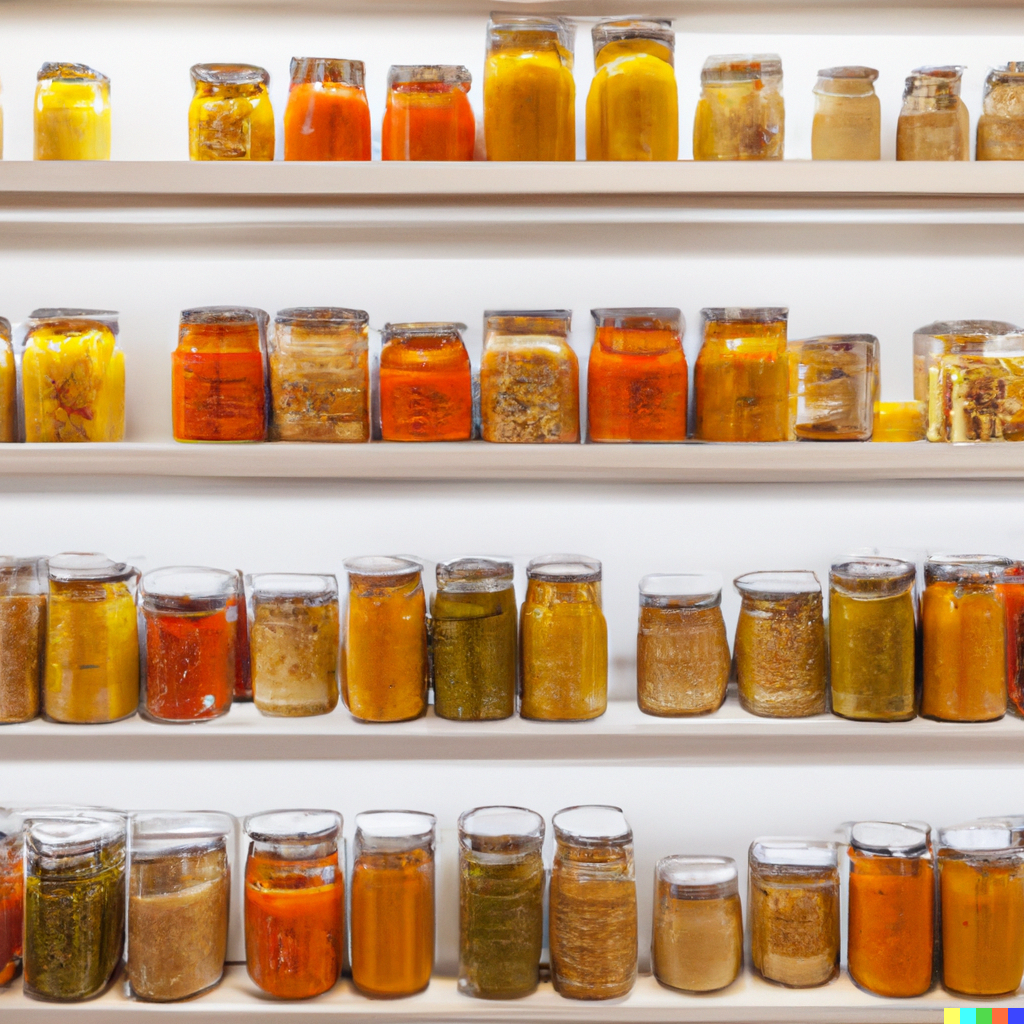The Ultimate Guide to Keep Lobster Fresh and Safe
Lobster is a luxurious seafood delicacy, best enjoyed fresh for its sweet, tender meat. However, lobster is highly perishable and must be handled carefully to maintain its quality. Knowing how long lobster lasts—and the best ways to store it—ensures you savor every bite while preventing spoilage.
Shelf Life of Lobster
At Room Temperature (Raw or Cooked):
- Live Lobster: 1-2 hours (cook immediately for best results)
- Raw Lobster (tails or meat): 1-2 hours (discard if left out longer)
- Cooked Lobster: 2 hours (1 hour if above 90°F/32°C)
In the Refrigerator:
- Live Lobster: 12-24 hours (keep moist and cool)
- Raw Lobster Meat (tails, claws): 1-2 days
- Cooked Lobster (in shell or meat): 3-4 days
- Lobster Tail (uncooked, vacuum-sealed): 3-4 days
In the Freezer:
- Raw Lobster (whole or tails): 6-12 months
- Cooked Lobster (shelled or meat): 3-6 months
- Lobster Tails (vacuum-sealed): 9-12 months
Best Practices for Storing Lobster
- Store Live Lobster Properly – Keep live lobsters in a ventilated container with damp seaweed or a wet cloth. Do not store them submerged in water, as they can suffocate.
- Cook and Freeze Immediately – If not cooking immediately, boil or steam live lobsters before freezing. This preserves the flavor and texture.
- Refrigerate Cooked Lobster – Store cooked lobster meat in airtight containers in the refrigerator to maintain moisture and prevent contamination.
- Vacuum Seal for Freezing – For long-term storage, vacuum-seal raw or cooked lobster tails to prevent freezer burn and preserve freshness.
- Label and Date – Mark all lobster containers or bags with the date to track how long they have been stored.
- Thaw Safely – Thaw frozen lobster in the refrigerator overnight or under cold running water. Avoid thawing at room temperature to prevent bacteria growth.
Signs Lobster Is Going Bad
- Foul or Ammonia Smell – Fresh lobster has a mild ocean scent. A strong ammonia or sour odor indicates spoilage.
- Slimy or Sticky Texture – Sliminess or stickiness is a sign the lobster is starting to spoil.
- Discoloration – Raw lobster meat should be white or translucent. Black spots, green tints, or gray patches suggest deterioration.
- Shell Separation – If the meat separates easily from the shell, it may be past its prime.
How to Use Lobster Before It Spoils
- Grilled Lobster Tails with Garlic Butter
- Lobster Mac and Cheese
- Lobster Rolls with Lemon Aioli
- Lobster Bisque
- Lobster and Seafood Paella
By following proper storage techniques, you can extend the shelf life of lobster, reduce waste, and ensure your meals are safe and delicious. Whether preparing lobster tails for grilling or freezing leftovers for later, these tips will keep your lobster fresh and flavorful.
